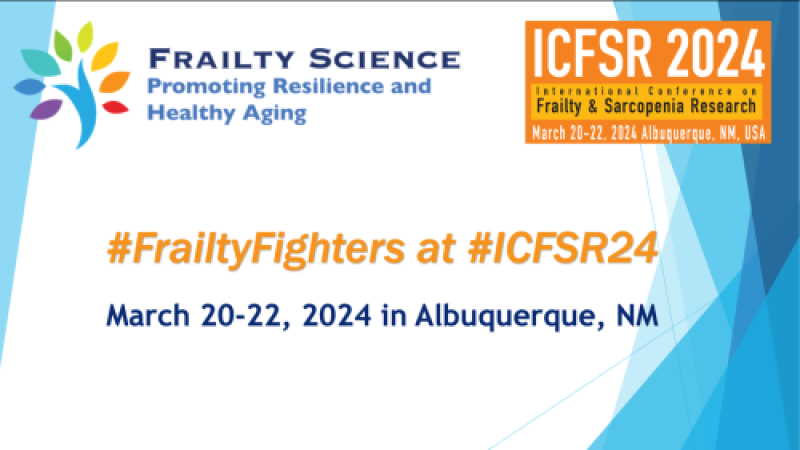Announcing a New Seminar Series on Innovative Design, Testing & Implementation of Frailty Interventions
A new seminar series, “Innovative Design, Testing, and Implementation of Frailty Interventions,” sponsored by the Johns Hopkins Older Americans Independence Center, is being co-led by Dr. Qian-Li Xue, Associate Professor of Geriatric Medicine, and Dr. Susan Gearhart, Associate Professor of Surgery, at Johns Hopkins. Both Drs. Xue and Gearhart contribute to the multi-institutional, interdisciplinary Frailty Science team.
This seminar series was developed as part of the Frailty & Multisystem Dysregulation Working Group, and it is being held in conjunction with the working group meetings.
This series, which will be held via zoom, aims to bring together leading experts from around the globe to share insights and advances in frailty intervention and related research and implementation methodologies within clinical and public health settings.
The inaugural seminar has been slated:
Date/Time: October 23, 9-10AM EST
Title: The Surgical Pause: Update and Lessons Learned from a Randomized Trial
Speaker: Shipra Arya, MD, Stanford University
If you would like to nominate potential future presenters, including yourself, please use this Frailty Interventions Speaker Nomination Form.
To attend these seminars, please contact Brian Buta (bbuta@jhu.edu) for Zoom information.
If you have questions about the scientific plans for this series, please email: Dr. Xue.




